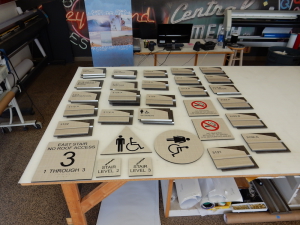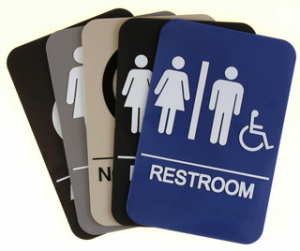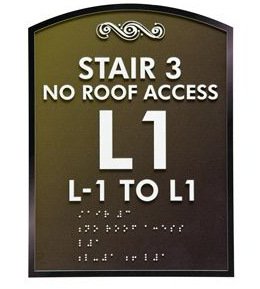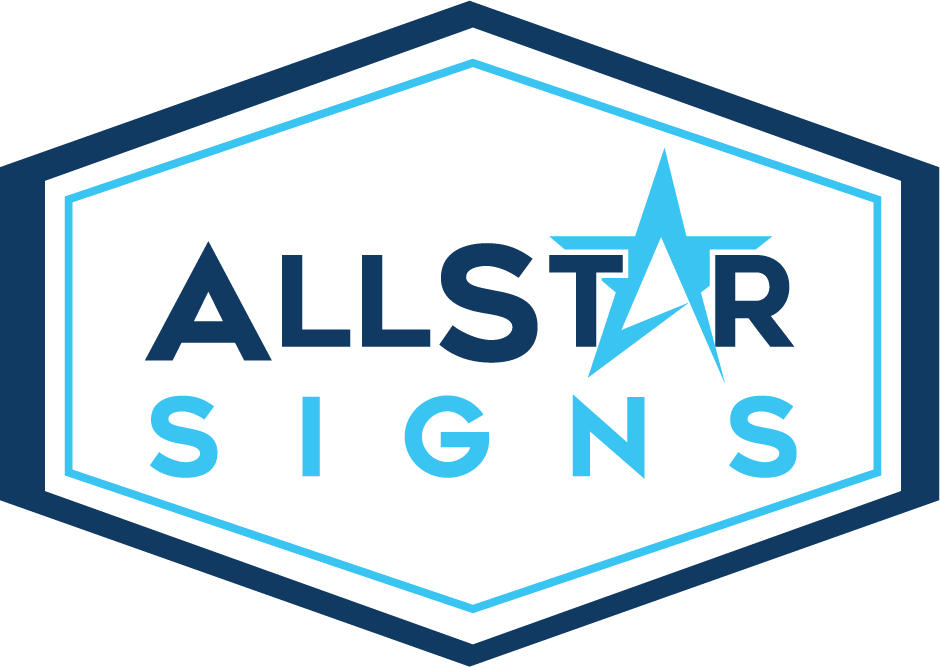 In 1992, the Americans with Disabilities Act (ADA) went into effect with the aim of ending discrimination against people with disabilities in the workplace. Among the numerous requirements set forth in the ADA, there were guidelines for how signage must look and where it should be installed. Your signs should include tactile, symbolic, pictorial, and verbal information according to the ADA requirements.
In 1992, the Americans with Disabilities Act (ADA) went into effect with the aim of ending discrimination against people with disabilities in the workplace. Among the numerous requirements set forth in the ADA, there were guidelines for how signage must look and where it should be installed. Your signs should include tactile, symbolic, pictorial, and verbal information according to the ADA requirements.
To ensure proper compliance, it is important that your organization knows about the details and scope of the rules. You will communicate information to people of all abilities when you follow the regulations. Thankfully, All Star Signs is here to help so you won’t ever have to answer the question: “Is your San Diego office building ADA compliant?”
The ADA Guidelines for Signage
Compliance with the ADA is not required of all signs in your office. There are exceptions to the rules for practical reasons. The following are some prime instances of when you have to comply with the ADA requirements:
- Information signage about functional spaces, such as your building’s lobby
- Markers that denote bathrooms, exits, and other directional signs
- Signs that designate permanent rooms, like room numbers and meeting rooms
 The above-listed signs are not the only ones found in an office building. However, for other markers, the compliance guidelines are not as strict. For example, you usually do not need to have ADA compliant signs for temporary signs. This includes window displays, signs used for promotional purposes, and semi-permanent building directories that feature a constantly changing office tenancy.
The above-listed signs are not the only ones found in an office building. However, for other markers, the compliance guidelines are not as strict. For example, you usually do not need to have ADA compliant signs for temporary signs. This includes window displays, signs used for promotional purposes, and semi-permanent building directories that feature a constantly changing office tenancy.
What Are Some of the ADA Guidelines?
Readability was the main consideration of the crafters of the ADA’s signage requirements. The goal was to make ADA signs in San Diego readable for people with all abilities to improve accessibility. This includes regulating how big the copy is and what typefaces are used. Fonts should be non-decorative, sans serif, and simple. Some signs are required to have tactile letters that are raised to a height of 5/8 to 2 inches. Grade 2 Braille must also be used in conjunction with regular signs.
 The contrast between the letters and the background is also a major consideration. The contrast must be at least 70 percent. Non-reflective and non-glare materials should also be used in the construction of the sign. Seniors with failing eyesight will be especially appreciative of this detail.
The contrast between the letters and the background is also a major consideration. The contrast must be at least 70 percent. Non-reflective and non-glare materials should also be used in the construction of the sign. Seniors with failing eyesight will be especially appreciative of this detail.
The regulations also cover sign placement. For instance, if you have a sign that is used to identify an interior room, it must be mounted on the side of the door latch near the entrance to the room. This makes locating and reading the marker easier for blind guests to your building.
You leave yourself open to fines, lawsuits, unhappy clients, and complaints when you do not follow the guidelines set forth by the ADA. Your company’s lack of accommodations for people of all abilities may also scare off your customers who do not have disabilities.
As guests come to your office building, keep them satisfied by outfitting your premises with ADA compliant signage. Our friendly professionals are here to help bring you up to compliance. For a free consultation, contact All Star Signs today!

